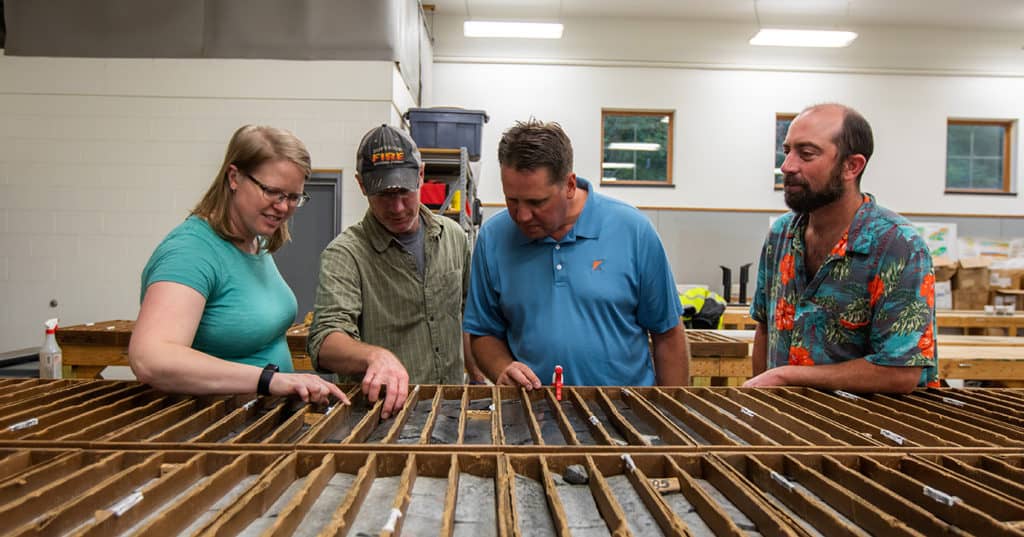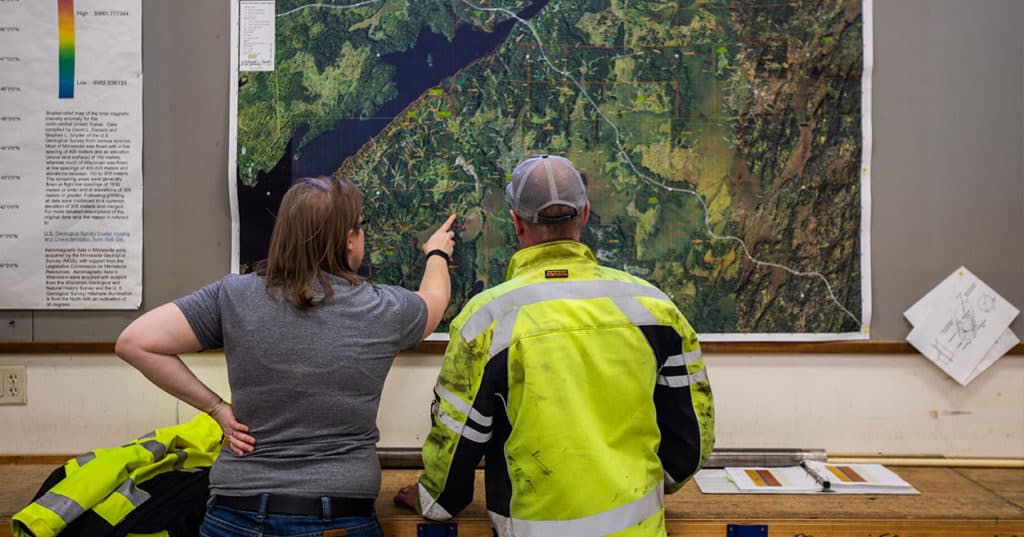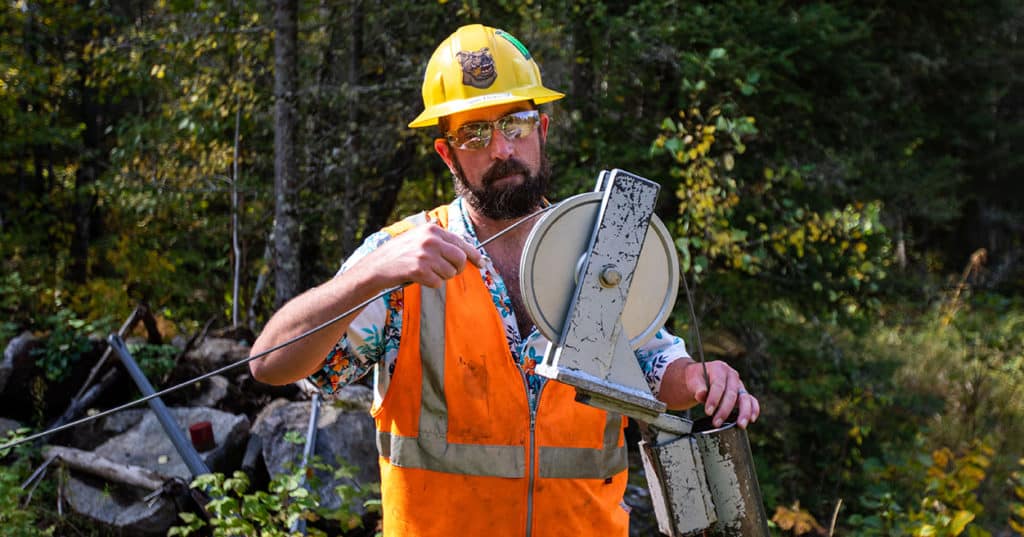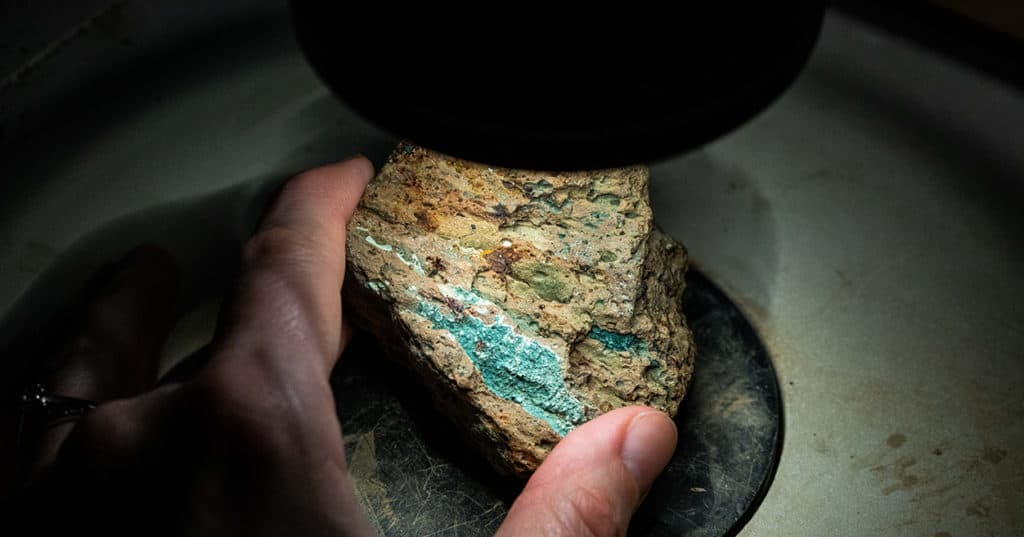We at Twin Metals Minnesota are proud to have formally proposed our world-class, 21st century underground copper, nickel, cobalt and platinum group metals mining project for environmental review. This is the first step in ensuring that mining will be done safely in northeast Minnesota.
The submission of our Mine Plan of Operations (MPO) to the U.S. Bureau of Land Management (BLM), and the Scoping Environmental Assessment Worksheet (SEAW) data submittal to the Minnesota Department of Natural Resources (MDNR), is the culmination of a decade of engineering, environmental study and community engagement work.
Submission of the MPO and SEAW data submittal started a multi-year environmental review process that will thoroughly evaluate our proposal. The review process will include additional baseline data collection, impact analyses and multiple opportunities for public input.
We look forward to this process and the continued conversations with regulators, tribal governments and the public, because at the end of the day, we all want what’s best for Minnesota.
Our project will be the state’s first underground mining operation – an approach that minimizes surface disruption, noise and dust — since the closure of Ely’s Pioneer Mine in 1967.
The proposed project site is located between the cities of Ely and Babbitt – an area long-sustained by mining. It’s in an area that has been designated for mining, logging and other commercial activities within the U.S. Forest Service Superior National Forest Plan. The project is outside the Boundary Waters Canoe Area Wilderness, as well as the federal and state mining exclusion zones surrounding the BWCAW.
We’ll be targeting the minerals within the Maturi deposit, part of the Duluth Complex geologic formation. It’s one of the largest undeveloped deposits of these minerals in the world, with more than 4.4 billion tons of ore containing copper, nickel and other strategic minerals.


Over the course of a decade, we’ve studied the Maturi deposit in great detail. To date, our core storage facility houses approximately 1.5 million feet of core samples from the deposit – about a half million additional feet of core samples have been sent to state storage facilities.
Following mineral resource characterization, several years of process flowsheet engineering work led to conceptual and initial prefeasibility studies. The project design we have today minimizes potential impacts in the areas of water, wetlands, noise, dust, light and visual pollution.
Specific examples include:


Whenever possible, we strive to maintain an open dialogue with community members, stakeholders and agencies.